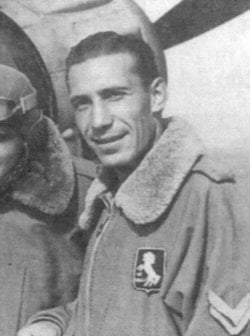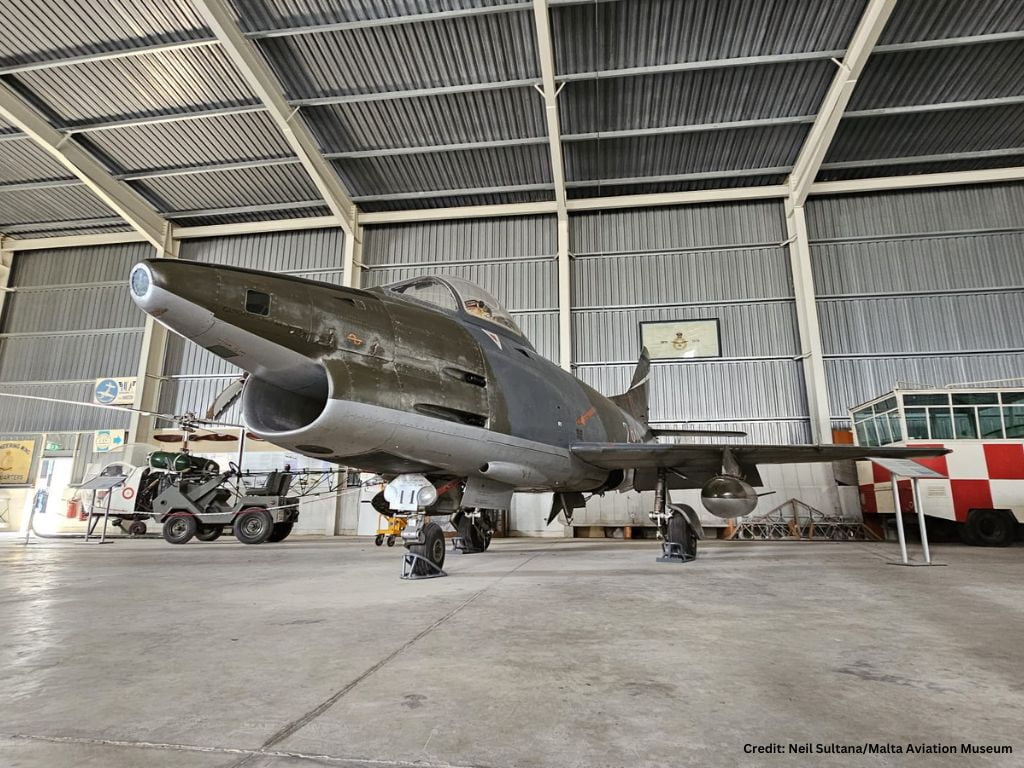By Ezechiel Busuttil
In 1935, the German Reich Air Ministry produced a requirement for a three-seat, twin-engine general-purpose floatplane, suitable both for patrol and for anti-shipping strikes with bombs and torpedoes and also for mine laying duties. Proposals were forwarded by two companies; Heinkel Flugzeugwerke and Hamburger Flugzeugbau (Blohm & Voss’ aircraft subsidiary).
On 1st November 1935, orders were placed for both Heinkel and Hamburger Flugzeugbau, to produce three prototypes each of their prospective designs. In August 1937 after several successful tests, the ministry decided to select the Heinkel He.115.
Due to rising tensions in Europe, on 28th August 1939, six He115 A-2 were ordered by the Norwegian Ministry of Defence, to replace the outdated fleet of the Royal Norwegian Navy Air Service consisting of Douglas DT torpedo bombers and Marinens Flyvebaatfabrikk M.F.11 maritime reconnaissance aircraft.
Between 14th July and 15th November 1939, all six Heinkels were delivered to the Norwegian authorities. As the German invasion of Norway began, five He.115A-2s flew to Scotland, with one being lost in the North Sea. A sixth flew to Finland. When the He.115s were in British hands, they were serialed as BV184 (F.56), BV185 (F-58), BV186 (F-52) and BV187 (F-64).
The RAF specially modified these Heinkels for clandestine operations fitting them with extra fuel tanks, removal of glazed panelling of the cockpit sections and the installation of eight 0.303’’ Browning machine guns.
It was decided that one of these He.115s was to be based in Malta. BV185 was sent to Malta and was assigned to RAF Z Flight Kalafrana carrying identification as 115PP1. Painted a very dark green it made several clandestine.
On the night between 9th and 10th July, the Italians bombed the seaplane base of Kalafrana and BV 185 was damaged. Following repairs, it was test flown on 3rd September by two French pilots, Georges Blaize and Raoul Gatien, who had escaped from Bizerte flying a Richelieu Battleship catapult plane Loire 130.

On September 22nd, at 0005 hours BV185 took off from Kalafrana in the hands of F/Sgt Georges Blaize, F/Sgt Raoul Gatien as gunner and an observer from HMS Grebe, F.A.A. Sub Lt. Reg Drake.
About 23 miles North of Malta they were forced to alight on heavy seas which led to the Heinkel breaking up in the high waves. Ron Scholefield of 105 Squadron recounts “…one evening the German seaplane was wheeled out of the hangar, the first time we had seen it moved. It was taken down to the bottom of the slipway and launched. These two chaps came along and got into it, started up the engines, taxied round and eventually faced towards the exit to the harbour and took off. We watched the take-off and the seaplane disappearing into the distance. When it was almost out of sight, it suddenly turned into a bright flash of light and presumably exploded.”
Searches were carried out by the Rescue Flight Swordfish, with Flt. Lt. Moore at the controls, and the High Speed Launch 107. Flt. Lt. Moore spotted the bodies of Blaize and Gatien. They were picked up by the rescue launch.
On 29th October 1941, another Heinkel 115 BV187 coded PP2 arrived with a Norwegian Lieutenant Haakon Offerdal at the controls. Captured from the Luftwaffe in April 1940, it flew several missions to North Africa and is even reputed to have picked up two Allied agents from Tripoli harbour in broad daylight, painted in German markings.
On 5th February 1942, two BF109Fs of 6/JG53 carried out a surprise strafing attack on Kalafrana base, catching the Heinkel at its moorings. Set alight by the attack, it later sank. The pilot of one of the Bf109Fs, Lt. Hans Möller surprisingly misidentified the seaplane as a Dutch Fokker T-VIII.
Between March and May 1942, another Heinkel 115 (BV184) was sent, with pilot Norwegian Lieutenant Knut Skavhaugen, observer Canadian John Iverach and Wireless Operator/ Air Gunner Frank Gilbert. It carried out a few operations from Malta but on the 31st May 1942, it left again for England. Later on, it caught fire while refuelling at Wig Bay, Scotland.
In December 2003, the Museum received two pieces of wreckage caught in a trawler’s net nearly 20 miles north of Malta. They were identified to be a piece of float and two struts from the He.115 BV185.
References:
-Call-Out – Frederick Galea
-Malta: The Hurricane Years 1940-41 – Christopher Shores, Brian Cull and Nicola Malizia
-Battle-Axe Blenheims – Stuart R. Scott
-Hurricanes Over Malta – Brian Cull and Frederick Galea




